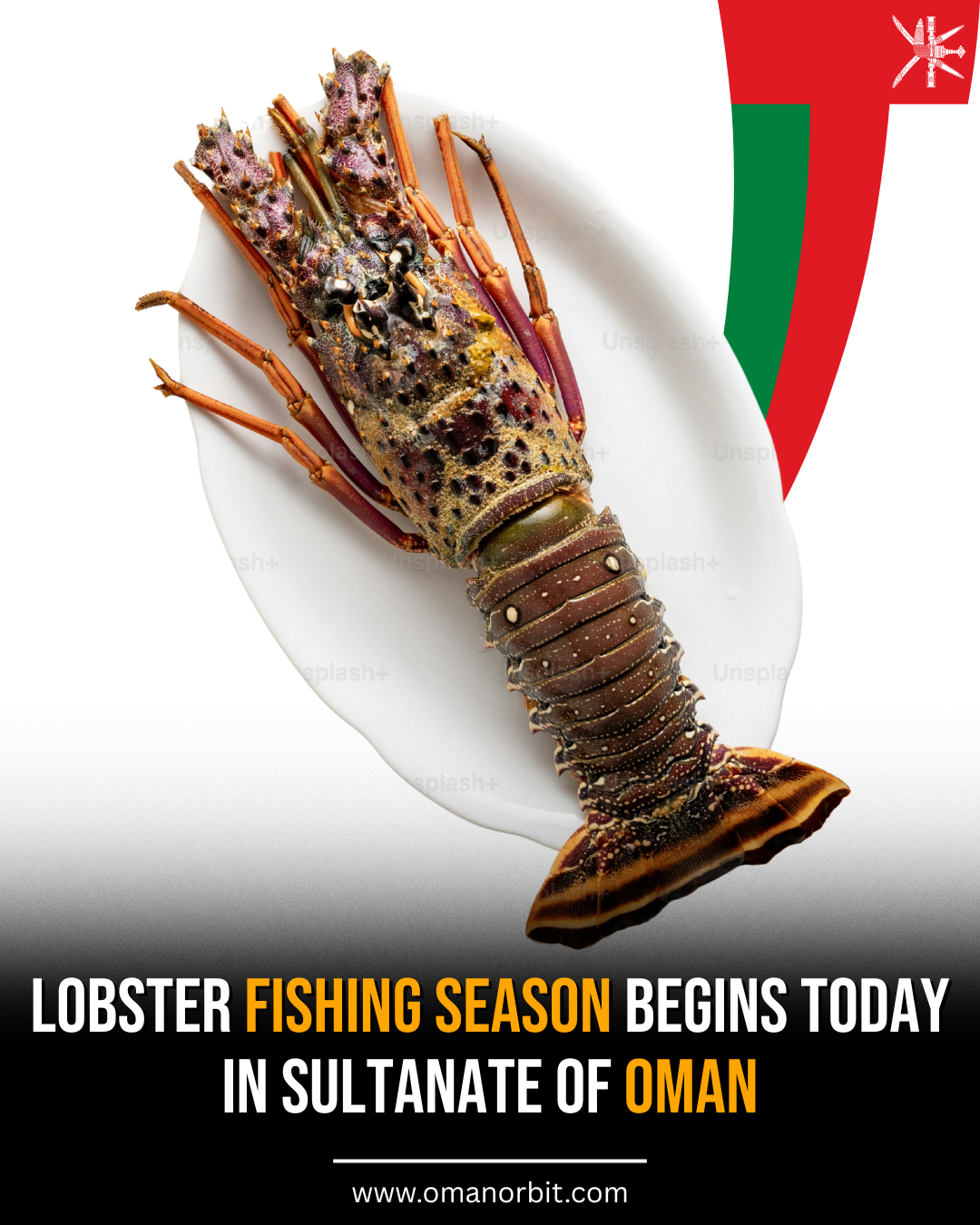OSAKA: HH Sayyid Theyazin bin Haitham Al Said, Minister of Culture, Sports, and Youth, and Chairman of the Main Committee for Oman’s Participation in Expo 2025 Osaka, attended a distinguished Omani cultural evening held at the Osaka Museum of Modern Art. This unique event, part of the official Omani Pavilion activities at the international expo, served as a bridge connecting Omani heritage with Japanese culture. The evening brought together dignitaries, artists, and guests from both nations, promoting cross-cultural appreciation and celebrating the depth of Oman’s artistic and cultural identity in a prestigious international setting.
The centerpiece of the evening was a digital art exhibition that featured twelve original works by acclaimed Omani artists known for their expertise in digital media. These artists represented a variety of artistic schools and styles, yet all their creations shared a common thread of embodying Oman’s cultural values, future ambitions, and historical continuity. The digital pieces combined modern visual techniques with traditional motifs, showcasing Oman’s unique approach to merging heritage with innovation. Themes ranged from abstract depictions of Omani landscapes to futuristic reinterpretations of national symbols, all rich in narrative and visual depth.
In addition to their aesthetic appeal, the artworks were rooted in broader national goals, including those aligned with “Oman Vision 2040,” which emphasizes modernization, sustainability, and cultural empowerment. The pieces delved into topics such as interactive visual experiences, collective memory, and national identity. Their presence at the Osaka venue symbolized Oman’s commitment to participating actively in global conversations on art, innovation, and identity. The international audience responded with deep interest and admiration, highlighting the global relevance of Oman’s evolving art scene.
The evening concluded with vibrant musical performances by young Omani talents, offering a harmonious blend of traditional instruments and contemporary rhythms. These performances served as a cultural dialogue through sound, resonating with both Japanese and international audiences. The entire program successfully communicated the essence of Oman as a forward-thinking nation that respects its roots while embracing global platforms to tell its story. Through this cultural event, Oman strengthened diplomatic ties and affirmed its position as a dynamic contributor to global cultural exchange.
4o



